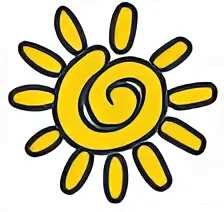Program Summary
our classes
Curriculum
Children at this age possess what Dr. Maria Montessori called the Absorbent Mind. This type of mind has the unique and transitory ability to absorb all aspects of physical, mental and spiritual of the environment, without fatigue or effort. As an aid to the child’s self construction, individual work is encouraged. The following areas of activity cultivate the children’s ability to express themselves and think with clarity.
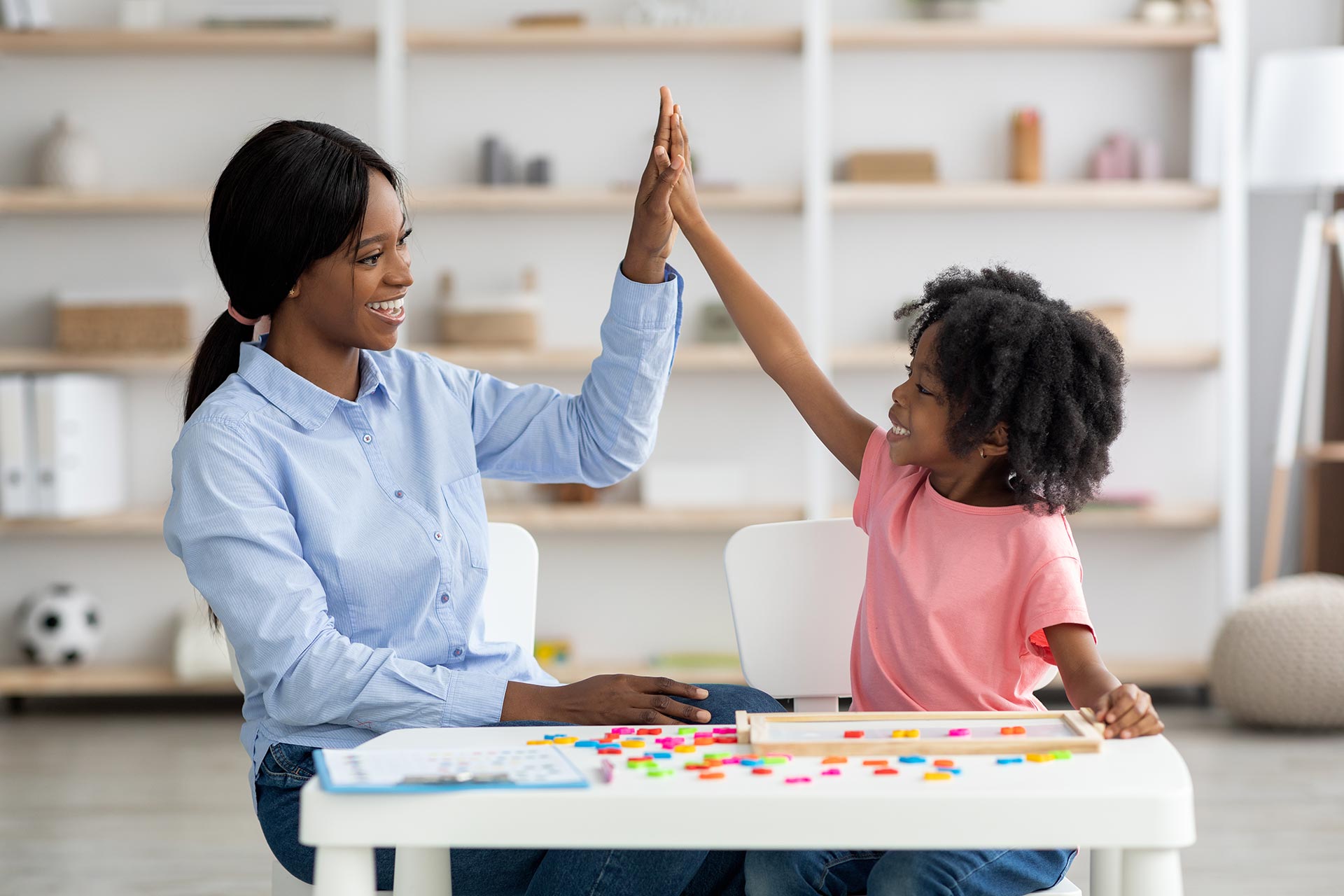
Practical Life
Children engage in daily tasks like washing dishes, arranging flowers, sewing, and peeling vegetables, developing coordination and motor skills. Elements of sociability are introduced through exercises of grace and courtesy, nurturing self-discipline and concentration. They learn to complete activities, building willpower according to Maria Montessori.
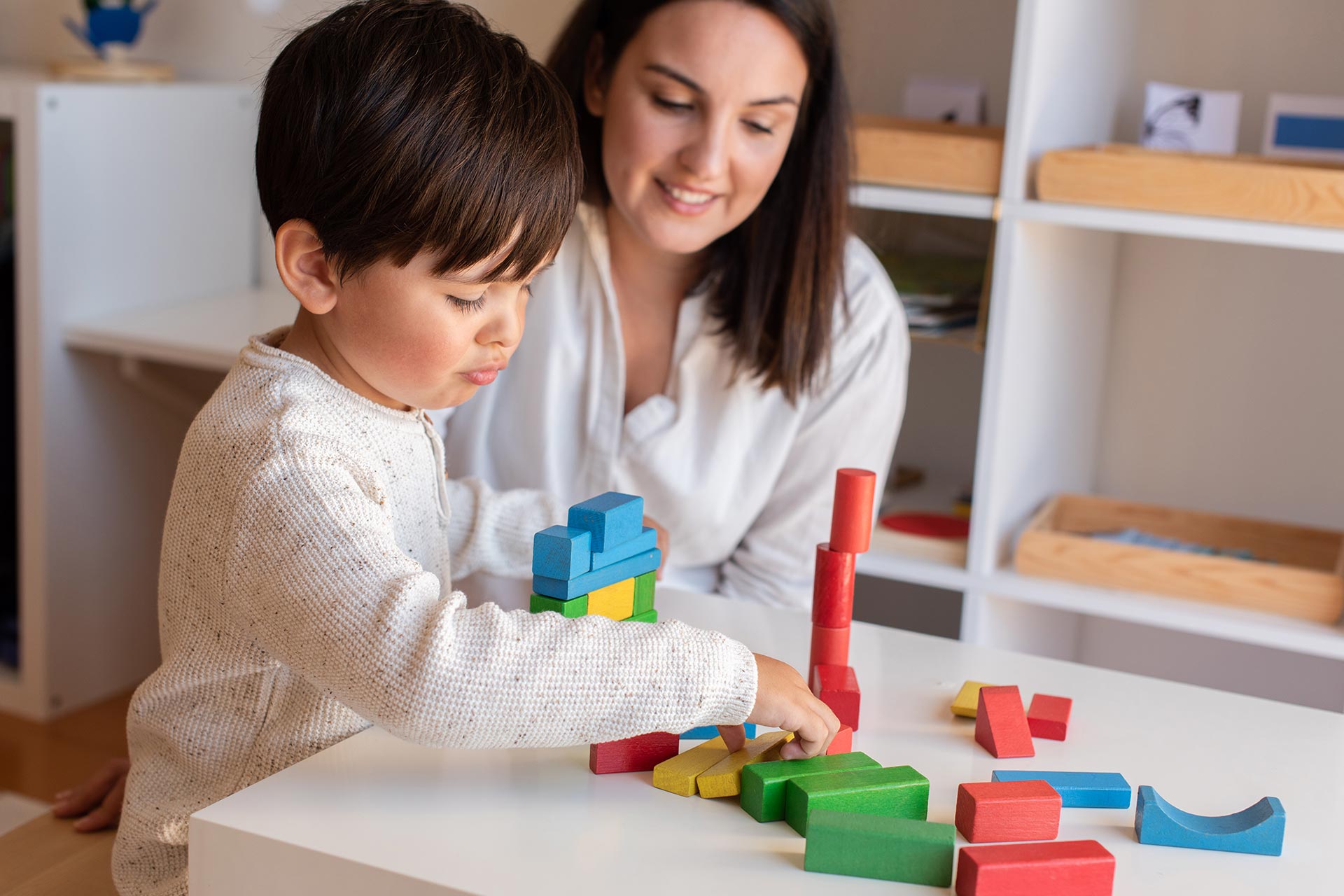
Sensorial
Sensorial materials serve as developmental tools, aiding children in building cognitive concepts. Through touch, sight, smell, taste, and sound exploration, children order and classify impressions. Specially designed Montessori materials facilitate understanding of physical properties, fostering a comprehensive sensorial experience.
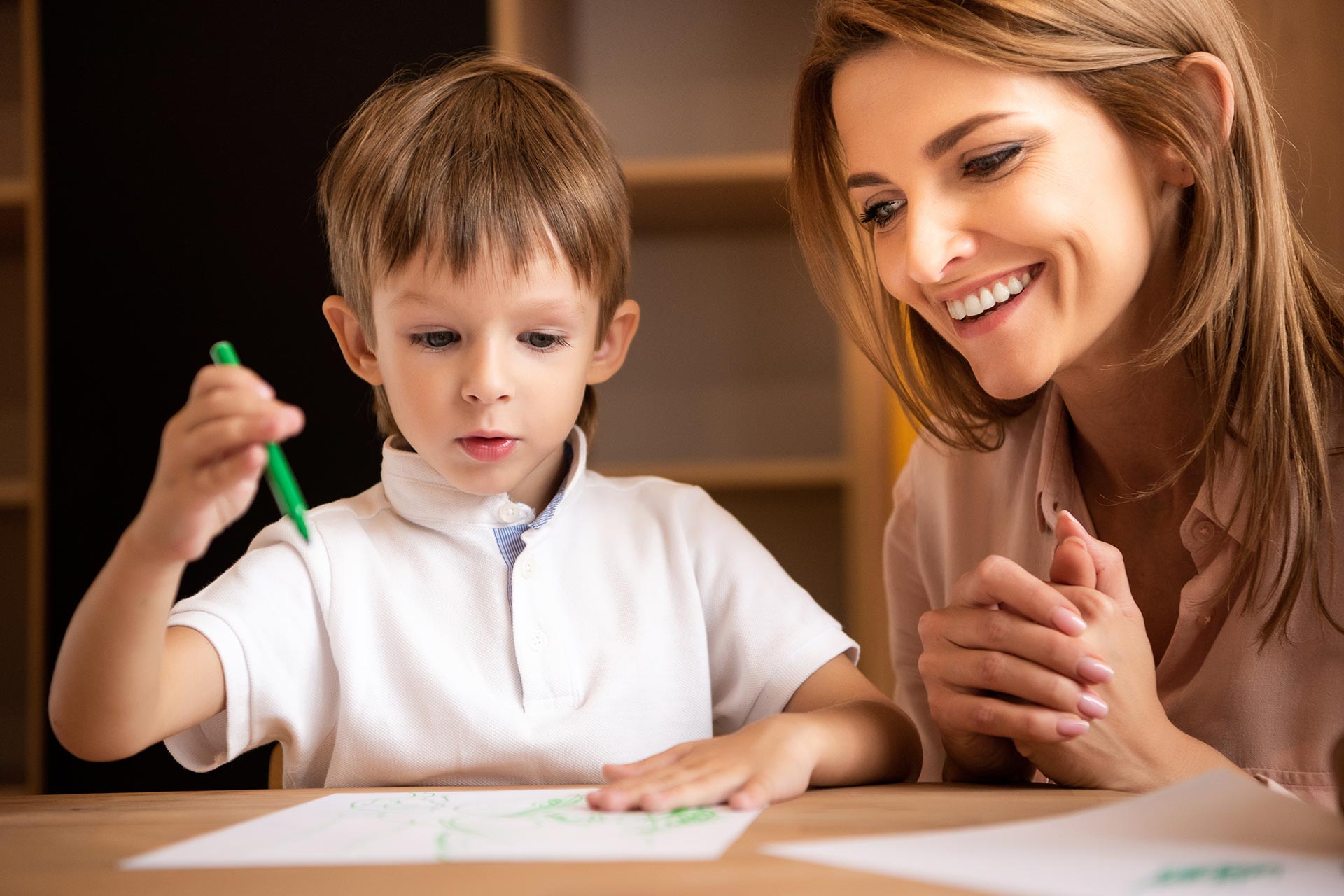
Language
Language is approached richly and precisely in the Montessori Method. Children, starting at around three years, are given opportunities to enrich and intelligently use language. The method allows them to explore language properties independently, leading to natural writing and reading development without a distinct memory of learning, similar to walking.
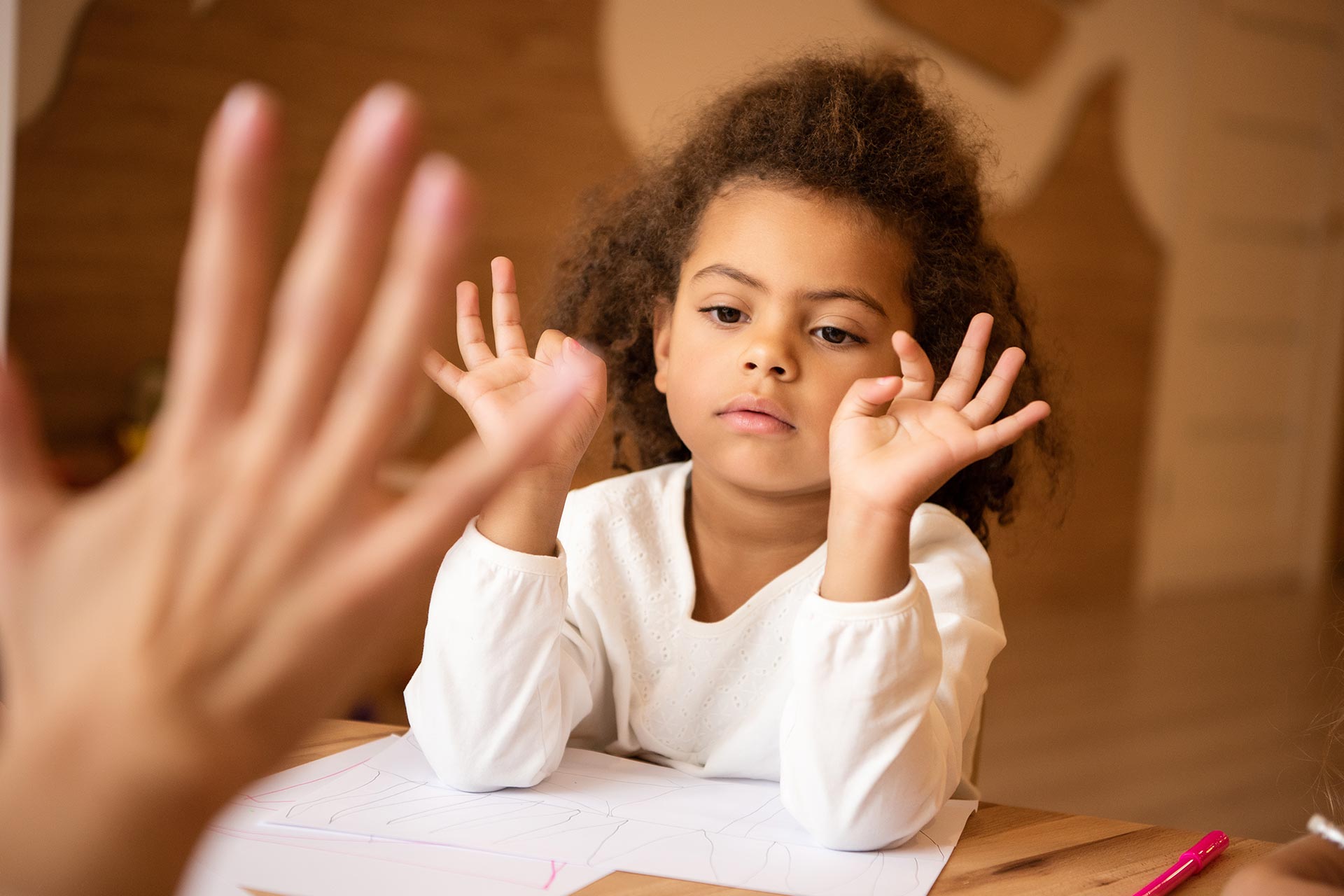
Cultural Studies
Includes Geography, History, Biography, Botany, Zoology, Arts, and Music, extending from sensorial and language activities. Children learn about diverse cultures, fostering respect for the global human family and its habitat. Nature experiences and materials instill reverence for all life, while history is creatively presented through art and music.
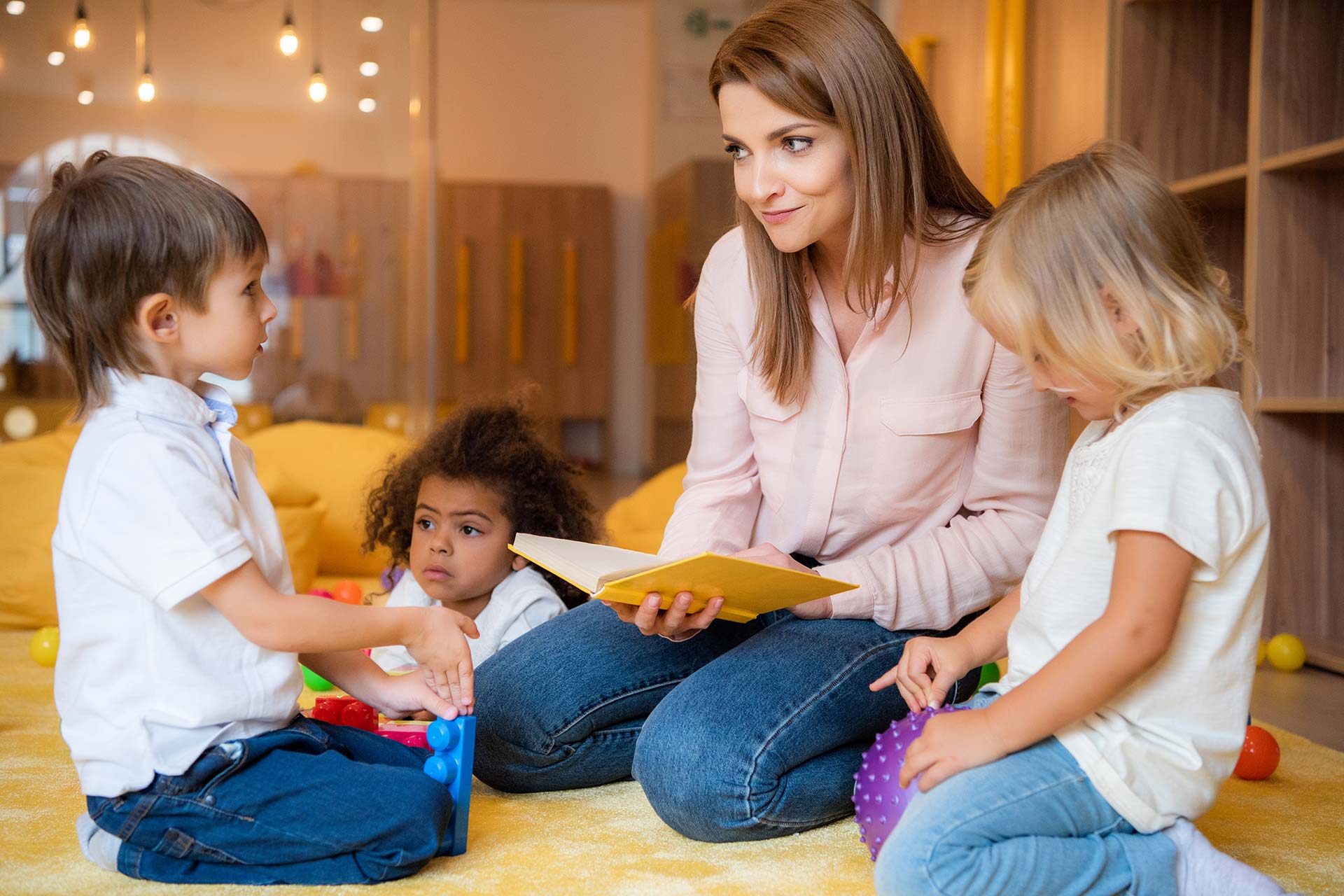
Mathematics
The mathematics section employs concrete materials to help children understand concepts. This approach provides solid support for traditional principles, laying the foundation for abstract reasoning. The Montessori classroom aids in developing a comprehensive understanding of mathematical concepts through hands-on learning.
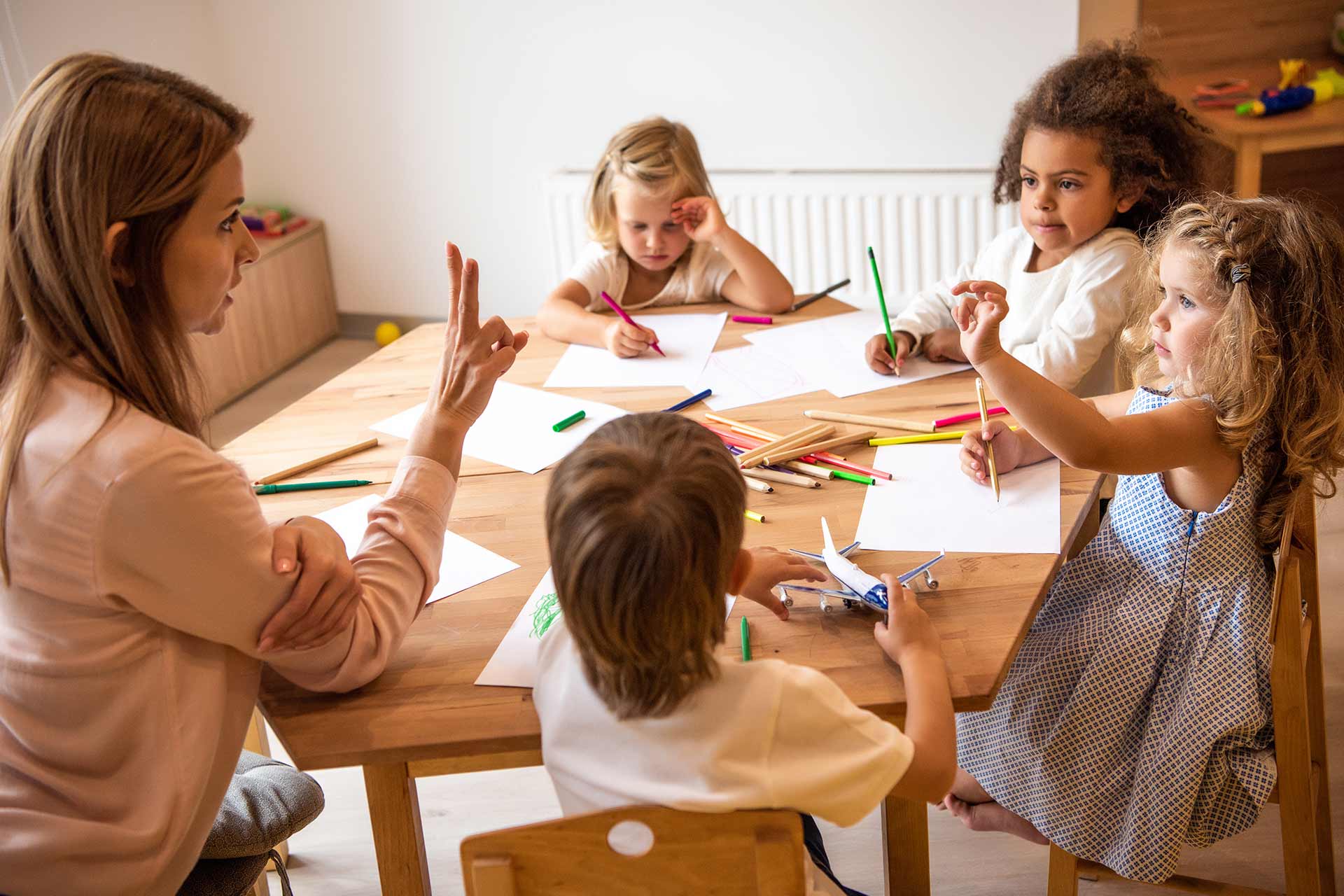
Physical Activity
Physical activity focuses on large muscular movements, including walking to nearby parks and utilizing available apparatus during free time. Children engage in exploration, promoting an active lifestyle and fostering physical well-being. The environment supports their physical development through a variety of activities.
Our Approach
Gradual Entry
Upon registration, the children will be gently introduced to their day care environment for the first week by GRADUAL ENTRY. This means the child will come to school with the main caregiver (mother, father etc), who will stay in the center with him/her. This will make the transition from home to day care friendly with less anxiety. The children then get a chance to bond with the teachers and classmates while the mother or father is connecting as well. During this period, it’s very important to set up a positive tone. The main purposes of a gradual entry are:
- Decrease anxiety for both parents and child.
- Provide the staff the opportunity to meet the child and family.
- The child will have the chance to explore the center.
- Ensure emotional and physical support for the child as he/she becomes familiar with the center.
- Give the staff and families time to talk.
As an example of a gradual entry week, first day of school the child will come for a maximum of 11/2 hours with a family member. In the day 2, the child will stay for 3 hours, and the family member takes a short break without leaving the center. In the Day 3, the child will stay for morning and lunch, and the family member again takes a break, and comes back after lunch. At the end of the week, depending on the child, she/he can stay the whole day alone. This is a guideline only, as every child is different, and they may need another schedule.
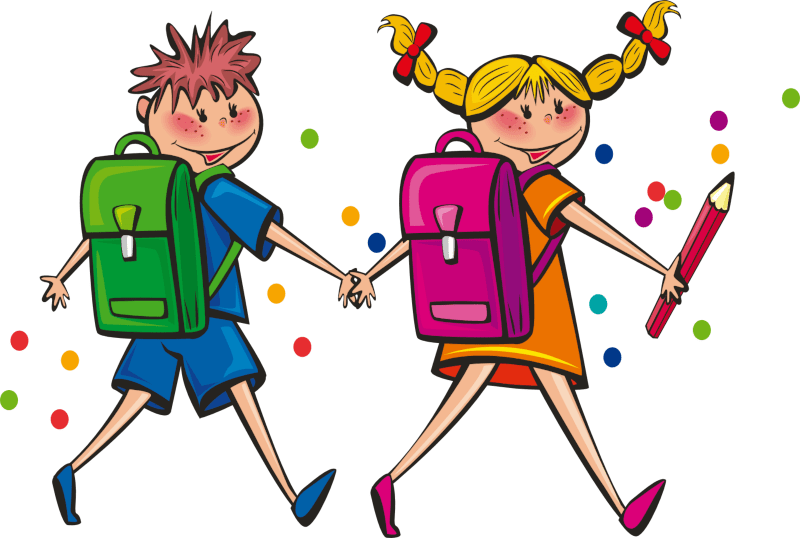

Introduction to
The Materials
The main way the children are introduced to the materials in the classroom is through careful presentations. A presentation is when the teacher slowly and precisely uses the material in its intended way while the child or a small group of children observe.
During this time, unnecessary words and movements are avoided and actions are broken into clear steps in order to increase understanding and the chances for success when the child uses the material later.
A particular point of interest may also be shown to attract the child to the materials. At times it occurs on a separate occasion after times of repeated concentrated work with the materials have been observed.
The teacher may then represent extensive exercises to show variations to help the child learn the terminologies and other properties of the same materials.

